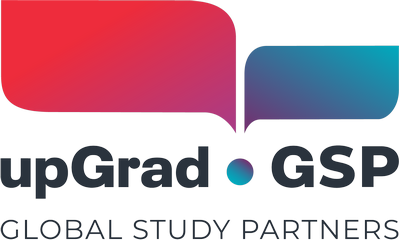International students' contribution to the US workforce
A new study from the National Foundation for American Policy (NFAP) confirms that international students make huge contributions to the United States economy by being a valuable source of workers. This positive report comes amid several calls from immigration opponents to impose more restrictive laws against international students and their ability to work in the US after graduation.
According to the report, about 23 per cent of international master’s graduates transition in the short run to a within-state job. This means that one more foreign master’s graduate increases the local supply of skilled workers by about 0.23 workers. Evidence also suggests that most of the foreign graduates who transition into U.S. employment find their first job within the state of their university; about 12 per cent of international students who receive bachelor’s degree transition to an in-state job.
These findings are consistent with other research about international students. A report from Global Detroit, for instance, found that 60 per cent of the international students at Michigan schools on Optional Practical Training worked in Michigan over the previous 13 years. Another report by FWD.us found that up to 100,000 international students annually would choose to stay in the US and work long-term after graduation if the US had a good process to obtain permanent residence.
These economic contributions are especially crucial now, given that the US is still suffering from an unprecedented labour shortage. In September of 2022, the Washington Post reported that there were over 11 million job openings and only six million unemployed workers in the US. Hiring rates have been outpacing quit rates since November 2020, and the onslaught of the pandemic only pushed this even further.
According to the NFAP report, the benefits of additional workers come from students in science, technology, engineering and math (STEM) fields. At US universities, international students comprise 74% of the full-time graduate students in electrical engineering, 72% in computer and information sciences, and 50% to 70% in fields that include mathematics and materials sciences. Unemployment rates were found to be lower in areas with larger numbers of foreign students doing OPT as a share of workers in STEM occupations.
All in all, economists view more workers as positive because an increase in labour force growth propels economic growth and leads to a higher standard of living. By bringing in unique skill sets, outlooks, and cultural perspectives, international students can accelerate a nation’s growth. That being said, universities, educational institutions, and the US government would do well to encourage more international students to choose the US as their study abroad destination.


